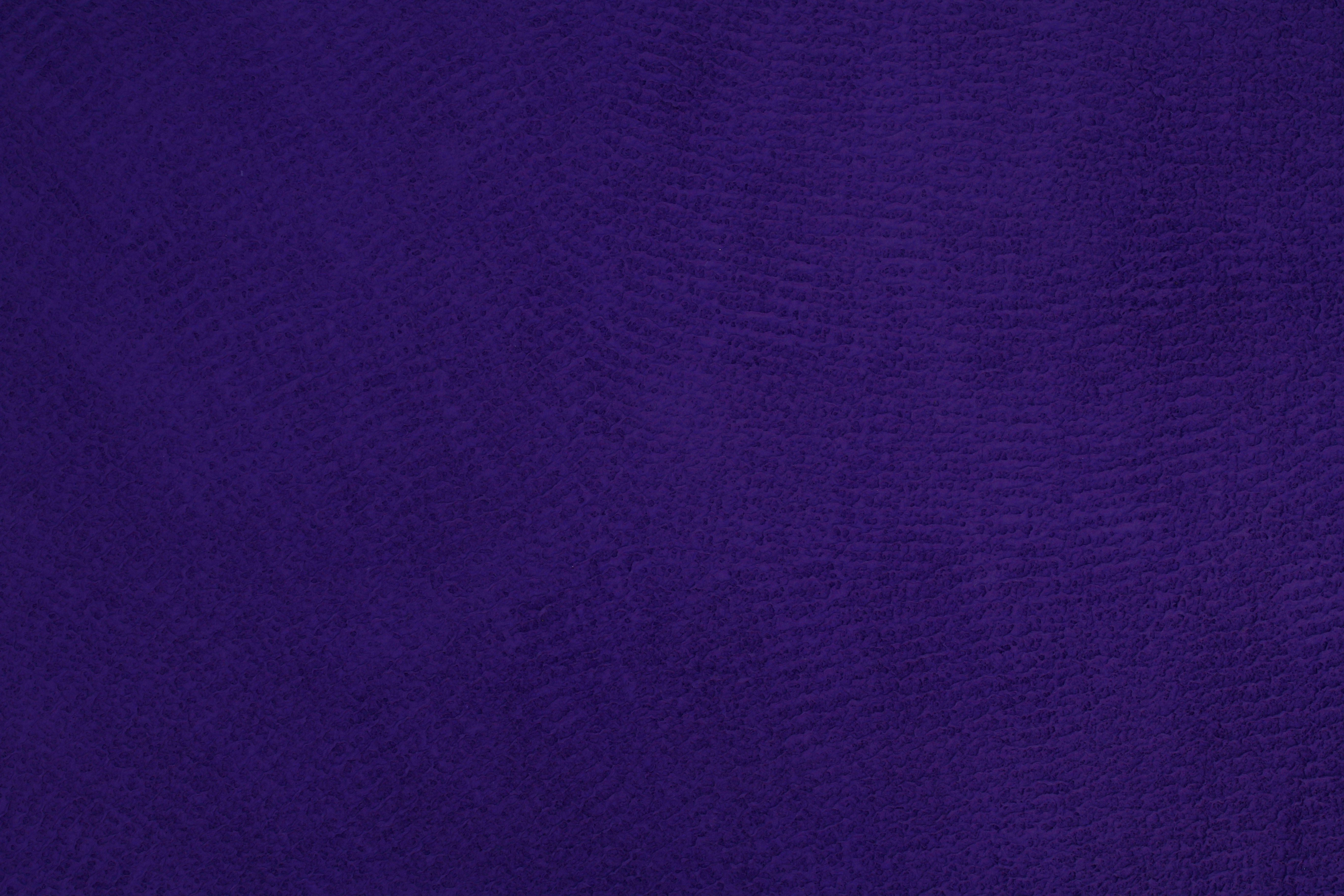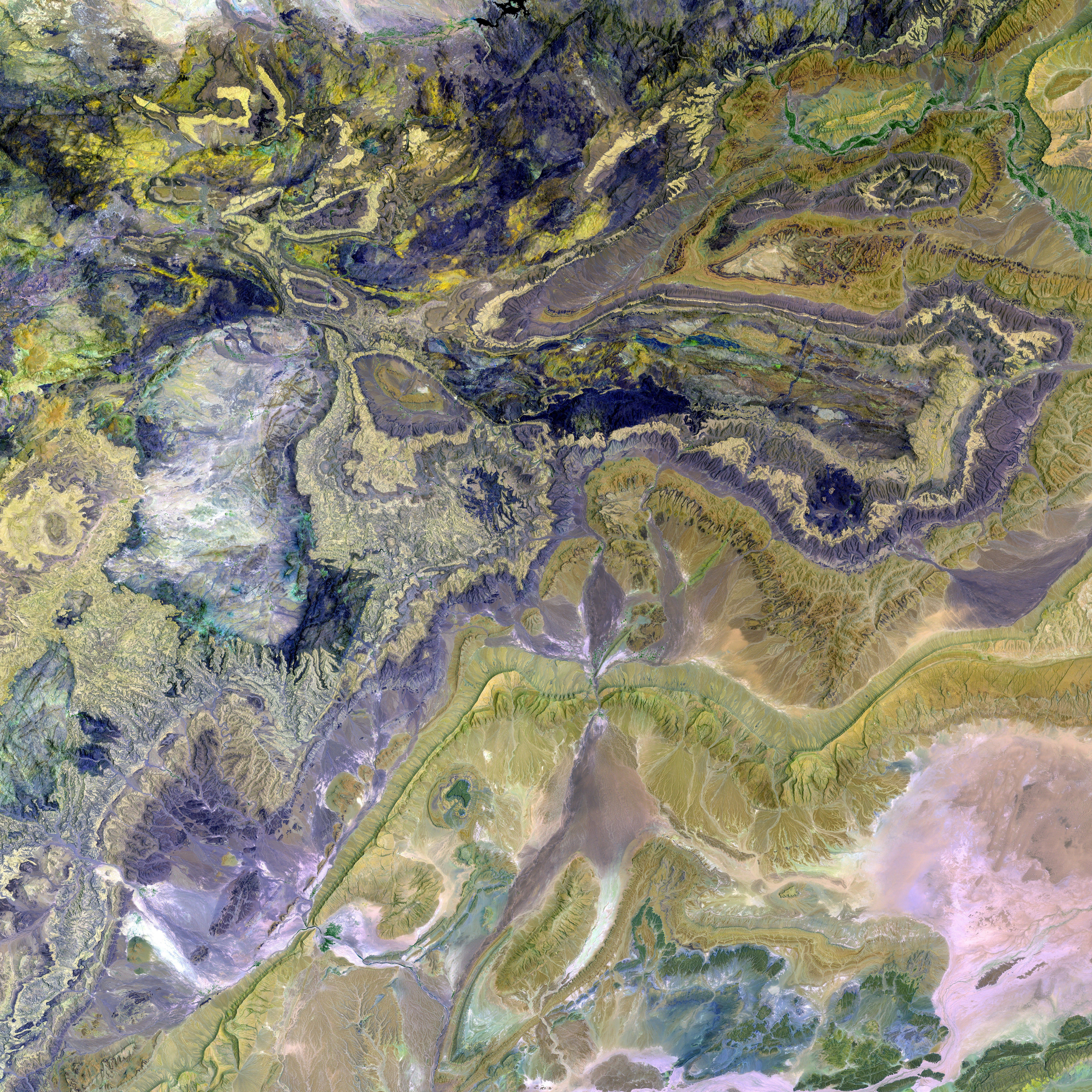Differentiating Age Spots from Skin Cancer: Identifying Signs and Symptoms
"Hey there!"
Let's break down the differences between those pesky age spots and potential skin issues that may be more serious. Both can show up as discolorations on your skin, particularly in sun-exposed areas like your face, arms, and hands. But don't freak out just yet - the key is knowing what to look for.
Age Spots aka Liver Spots
These patches are relatively harmless and are simply the result of your skin producing extra melanin (the pigment that gives your skin its color) to protect against sunlight. They usually appear after middle age and have a flat, round shape.
Texture: Smooth as a baby's bottomColor: Yellow, brown, or greyBorders: Well-defined, just like your favorite fawn in the forestSize: From a few millimeters to a couple of centimeters.
One cool thing about these spots is that they often fade during winter and get darker in summer, just like your mood during a long, gloomy winter.
Skin Cancer
Now, this is where things get serious. Skin cancer occurs when your skin cells experience damage from UV radiation and other environmental factors. Unlike age spots, skin cancer can be harmful and potentially dangerous because it may spread to other parts of your body.
There are three main types of skin cancer: basal cell carcinoma, squamous cell carcinoma, and melanoma. Here's what to watch out for:
Shape: Irregular, asymmetrical, or even similar to a cauliflower.Color: Ranging from pink, blue, purple, or black to a mix of colors on the same spot.Texture: Raised, red, scaly, or crusty patches that might ooze or bleed, making them look like something out of a horror movie.Size: Starting small, but can grow rapidly if left untreated.
Another indication of potential trouble is actinic keratosis, a precancerous growth. These look similar to age spots, but with a rough, scaly texture, and could develop into squamous cell carcinoma if not treated.
When to See a Healthcare Pro
If something on your skin doesn't seem right or matches any of the warning signs, don't hesitate - consult a healthcare professional. Catching skin cancer early makes it easier to treat, and remember, it's better to be safe than sorry.
Signs to Watch Out For:- Changing size, shape, color, or location- Differences between marks on your skin- Itching, scabs, or sores that don't heal within 4 weeks
Stay informed, stay protected, and remember that knowing your body is the best defense against potential skin issues. Have a great day! 😊
In the realm of dermatology, it's crucial to discern between age spots and other skin conditions, such as skin cancer. Age spots, or liver spots, are generally harmless, resulting from increased melanin production in response to sun exposure, especially in seniors. On the other hand, skin cancer is a medical-condition that requires immediate attention, as it can spread and potentially be dangerous.
Melanoma, a type of skin cancer, might manifest with an irregular, asymmetrical shape, a range of colors including pink, blue, purple, black, or a mix on the same spot, and a raised, red, scaly, or crusty texture. Actinic keratosis, a precancerous growth, resembles age spots with its rough, scaly texture, and could evolve into squamous cell carcinoma if left untreated.
It's essential to stay observant of your skin health by looking for signs such as changes in size, shape, color, or location, inconsistencies between marks on your skin, or itching, scabs, or sores that don't heal within 4 weeks. In case of any doubt, it's always advisable to consult with a healthcare professional, especially when dealing with potential skin cancer.
Embrace skin-care as part of your overall health-and-wellness routine, and don't overlook the importance of oncology and other skin-care disciplines in ensuring a better understanding of your skin conditions.








